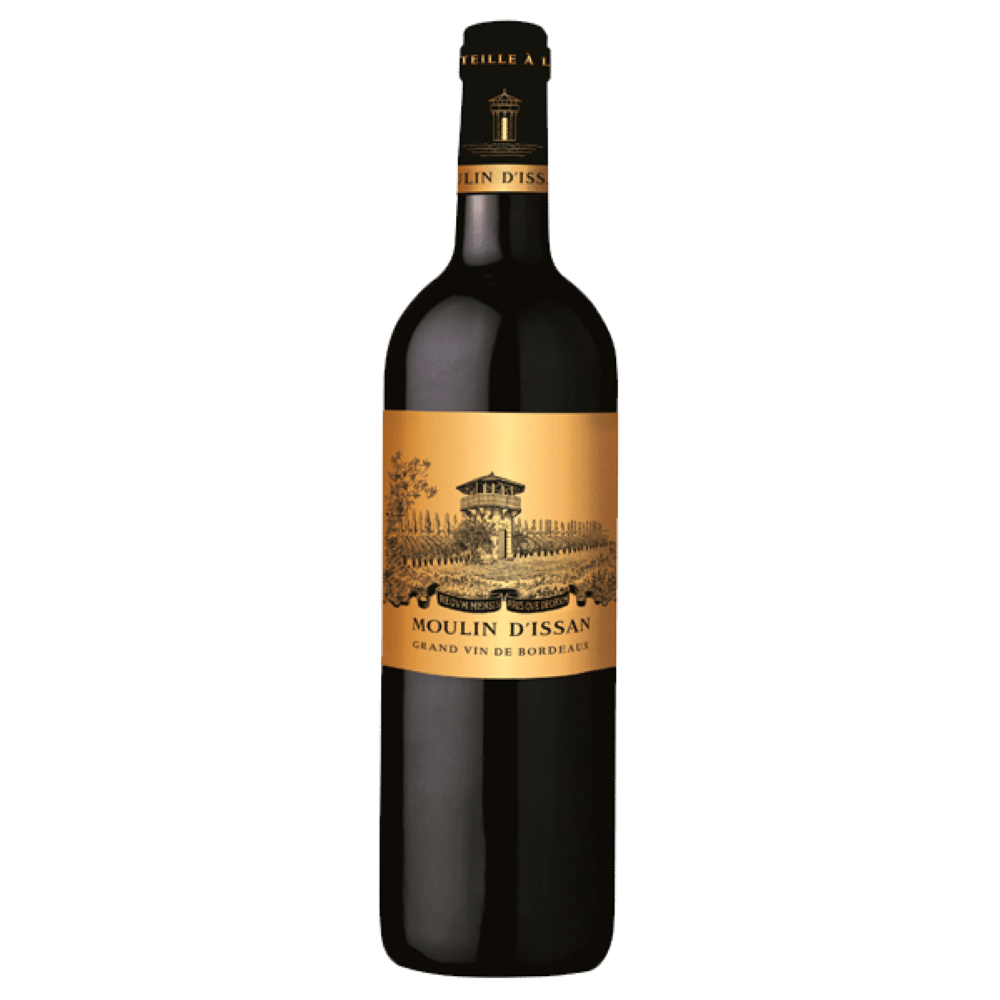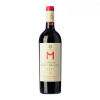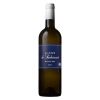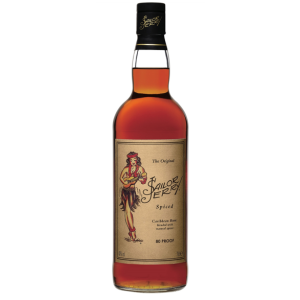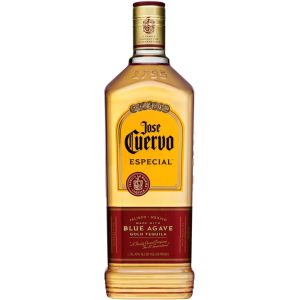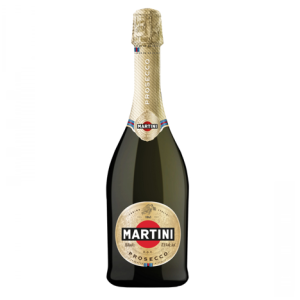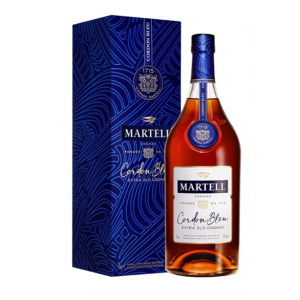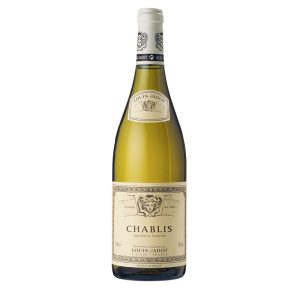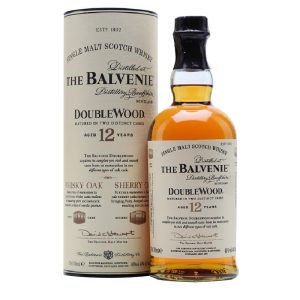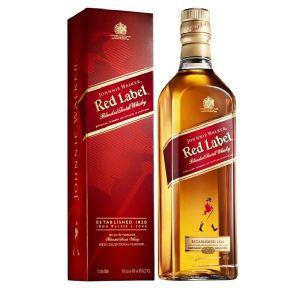History
The history of Moulin d’Issan is above all a family story of transmissions generation after generation. The first known reference of Issan dates back to the twelfth century during the occupation of Guyenne by the English. At this time, the Château was named La Mothe-Cantenac, before becoming the Theobon Manor. During the following centuries, the property was passed on from hand to hand, from heir to marriage. Thus, many families succeeded each other at the head of the soil until 1575, when the family of Essenault obtained the property. It was the fifth generation of descendants of this family who eventually renamed the estate, by contraction of their name: the Château d’Issan was born. Moulin d’Issan is the Bordeaux Supérieur of the Château d’Issan.
3rd Classified Growth since 1855, the Château did not wait for this classification to distinguish itself since the reputation of its wine dates back to the end of the 12th century when it was served at the wedding of Aliénor d’Aquitaine with Henri Plantagenêt, future King of England, May 18, 1152. Since the beginning of the 1990s, under the impetus of Emmanuel Cruse and his technical director, a major renovation of the production apparatus has been undertaken and the aim is to to constantly improve the maintenance of the vineyard and the winemaking techniques. In 2012, Françoise and Jacky Lorenzetti, also owners of the Châteaux Lilian Ladouys and Pédesclaux, teamed up with the Cruse family and work together to revive the Château d’Issan, which has been able to regain all its acclaim.
Terroir & Vinification
Like the Grands Médocs and their exceptional terroirs, Château d’Issan is located on the “Right Bank” of the Châteaux Road, at the entrance to the village of Cantenac, in the extension of prestigious wines such as Margaux , his illustrious neighbor, Léoville Las Cases, Pichon Longueville Countess of Lalande or Palmer. Its soils are mainly clay-limestone and therefore adapted to the Merlot grape which is dominant in this part of the vineyard. It is usually 90% of the assembly, which is unique in the Médoc region. The grape variety, typical of Margaux, is composed of 65% Cabernet Sauvignon and 35% Merlot. The vineyard is divided into several parcels and each farm is made according to this distribution to maximize the qualitative aspect.

